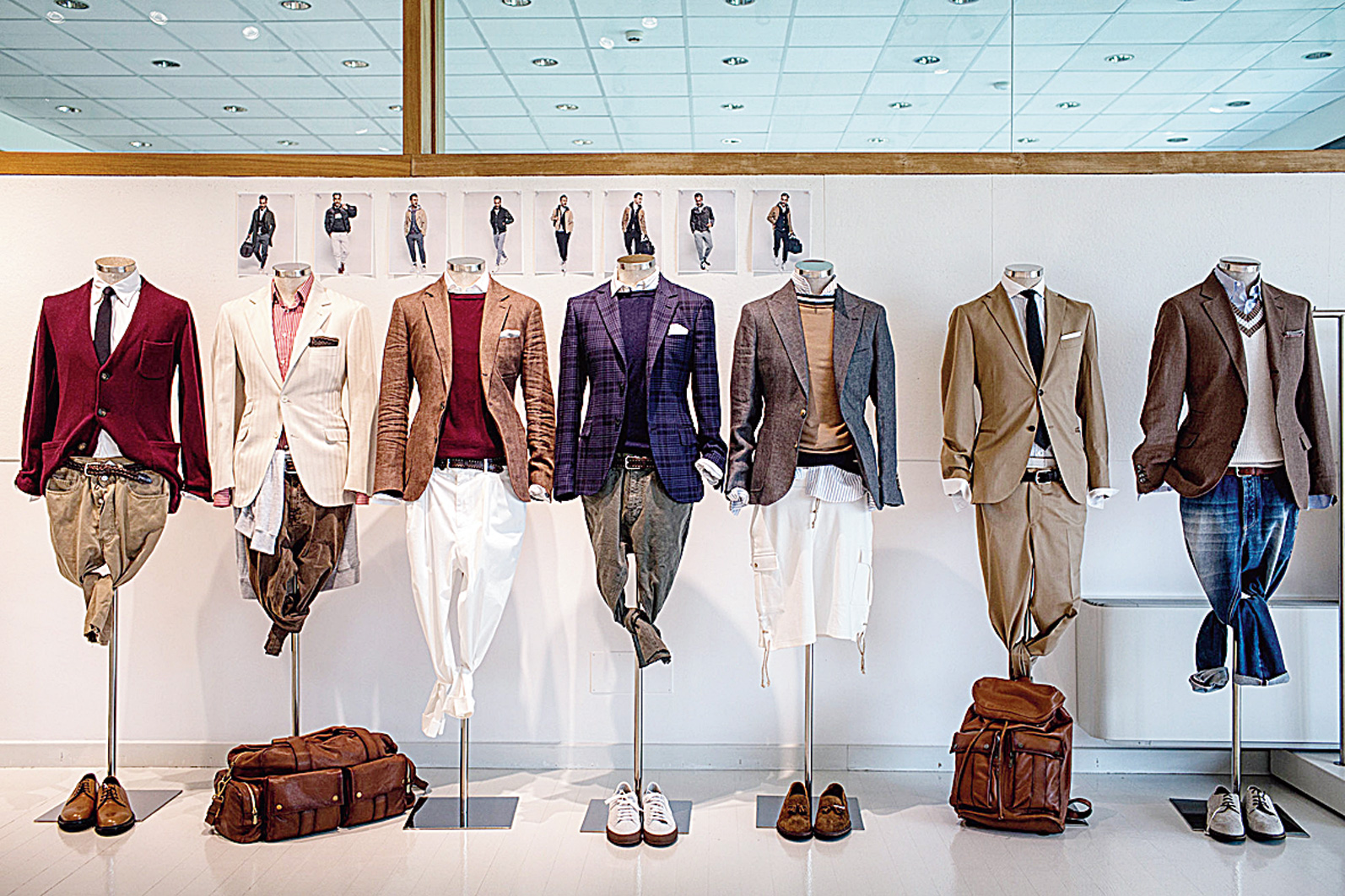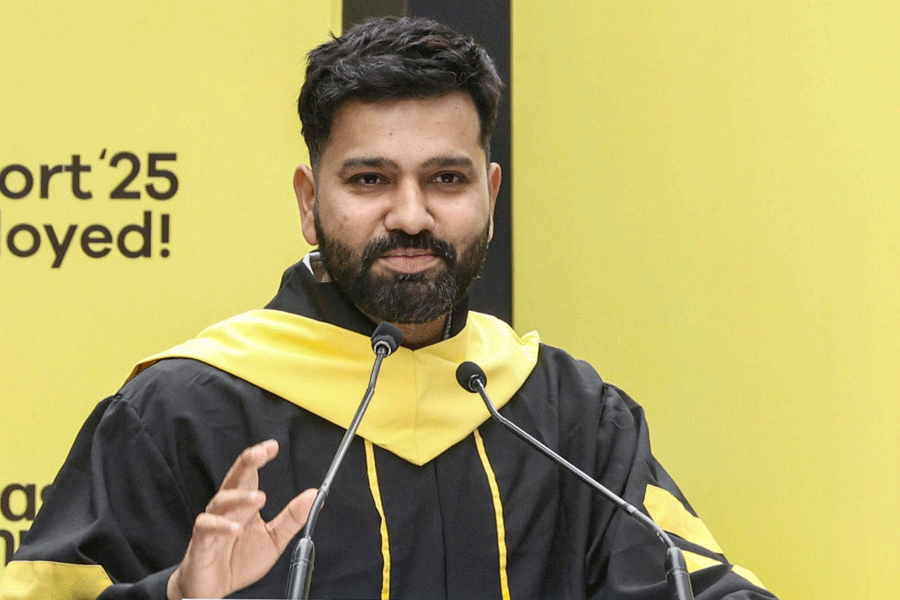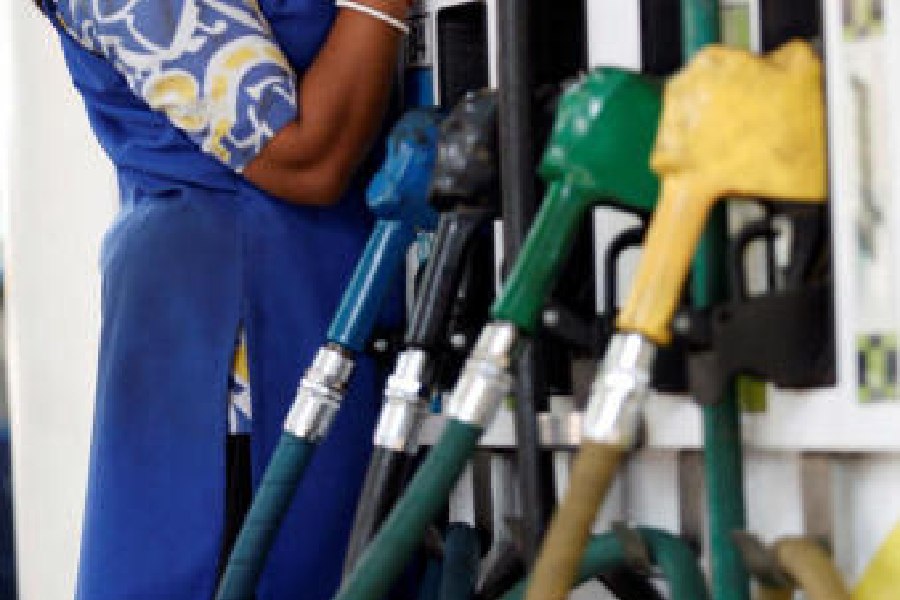For Ralph Lauren, it was a wide necktie and an outsized vision that set in motion a five-decade career in fashion, one that would eventually render a house painter’s son from the Bronx a multibillionaire and a globally legible brand. For Brunello Cucinelli, a farmer’s son from a rural backwater in Umbria, the path to international success and a great fortune began almost as improbably — with a single sweater.
Nowadays, it is too little appreciated how out of the devastation of World War II came a great reconstruction in Italy, one largely fuelled by funds from the Marshall Plan. The small-scale industrial capacity that remains a linchpin of the “Made in Italy’’ brand substantially originated in the late 1940s, with individual regions developing specific manufacturing specialties: woollen mills in the north, shoemaking in the Marche region and factories producing specialty knitwear in the central area where Cucinelli got his start.
It was 40 years ago that a 25-year-old Cucinelli scraped together a grubstake to pursue his notion of updating the high-quality, although staid, knitwear made in factories around his hometown. “I decided to produce women’s cashmere knitwear in pop colours and not the boring greys and tans that used to happen at that time,” Cucinelli said recently by phone from Solomeo, near Perugia, where the designer still lives full-time — although in a manner far removed from that of his childhood, when the family home lacked plumbing and electricity.
In the tiny hilltop town where he first set up shop in 1978 — which now includes the sprawling and manicured corporate campus out of which come impeccable garments some refer to as Gap wear for the One Percent — everything Cucinelli surveys from a frescoed office in a restored medieval tower belongs to him.
Like the painter’s son from the Bronx, the farmer’s kid from Umbria lives in a lordly manner largely out of reach for Italy’s remnant aristocrats. With a publicly traded company whose market value is in the billions and two honorary knighthoods awarded by the Italian government, Cucinelli has made himself a prince of Solomeo.
To celebrate that — and, not coincidentally, his 65th birthday — early last month, the designer flew in scores of journalists from around the world (among them the editors of Esquire, Departures, Town & Country and GQ) for days of sightseeing, Lucullan feasting and speeches by the self-styled humanist, who has a penchant for citing Homer, Hadrian and Cicero.
It was the Americans that started asking for the total look
Lost, perhaps, amid all the jollity was the story of how a single cashmere sweater was eventually transformed into a lifestyle brand presciently pitched at a population whose growth could hardly have been predicted when Cucinelli started out. Not only are there more billionaires now than at any time in history, according to a 2018 Forbes ranking of those who have managed to summit capitalism’s Everest, but they are richer than ever before, with an average wealth of $4.1 billion. Almost from the start of his career, Cucinelli decided they would be his clientele.
“He became the uniform for the cool CEOs of the world,’’ said the designer Michael Bastian, who, as men’s wear director of Bergdorf Goodman in the early years of the century, was instrumental in helping Cucinelli shape his overall vision and his retail offering. “That kind of guy — Barry Diller, David Geffen — guys cool enough that they didn’t have to wear a suit to work,’’ he added.
There is slightly more at work than cool, however. Geffen, Diller and their fellow moguls have deep enough pockets that they are unlikely to experience the sticker shock that would afflict an ordinary mortal when faced with the price tag on, say, the reversible baseball bomber sweater by Brunello Cucinelli offered at Bergdorf Goodman for $3,095.
“Brunello’s always had everybody but the ultracool, low-key CEOs like Steve Jobs,’’ Bastian added. In fact, Jobs’s distinctive uniform of anonymous-looking cashmere mock turtlenecks was quietly produced in bulk for the Apple founder by Cucinelli — despite the latter’s distaste for both that particular style of collar and his hatred of black.
In certain ways Cucinelli’s Italian success is also an American one, since not only is North America his largest market, it was retailers in the United States who first urged the designer to expand beyond sweaters into the broader apparel offerings for which he eventually became known. Had Gene Pressman, the visionary merchant who once headed Barneys New York, not pushed him to create a full collection, Cucinelli said, he might happily have rung changes on the same cashmere sweater for the rest of his life.
“It was the Americans that started asking for the total look,’’ the designer said, referring to a style largely inspired by how he himself had dressed practically since, as a fashion-besotted teenager, he began honing his taste for elevated sportswear. That included rolling his blazer sleeves, tailoring the legs of his trousers to narrower proportions and migrating toward a muted palette from which he has seldom strayed.
“Sometimes when I would visit Solomeo, I would see the designers talking colour,” Bastian said. “And they had to be perfect, perfect, perfect: Is it warm beige or cool beige? What exact tone of navy or grey?’’
The one shade no one will ever spot in a Cucinelli collection, Bastian added, is green: “He hates green. He wants to make green gone. Apparently, his mom forced him to wear a green sweater when he was a kid and he buried it in the backyard.’’
In Cucinelli’s idiosyncratic and yet disciplined approach to business, analysts see a model for other major carriage trade labels that appear to have lost their way. “His vision has always been unwavering and unapologetically for the moneyed,’’ said Robert Burke of Robert Burke Associates, a New York luxury goods consultancy.
“He is not going after the latest, greatest influencers and bloggers, and I don’t think he has any particular high regard for an aspirational customer,’’ Burke added. “He’s definitely for the wheels-up crowd.”
(The New York Times News Service)
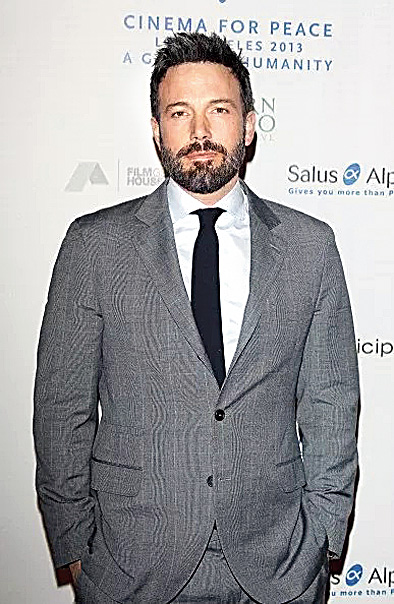
Ben Affleck in a light grey Brunello Cucinelli. Agencies
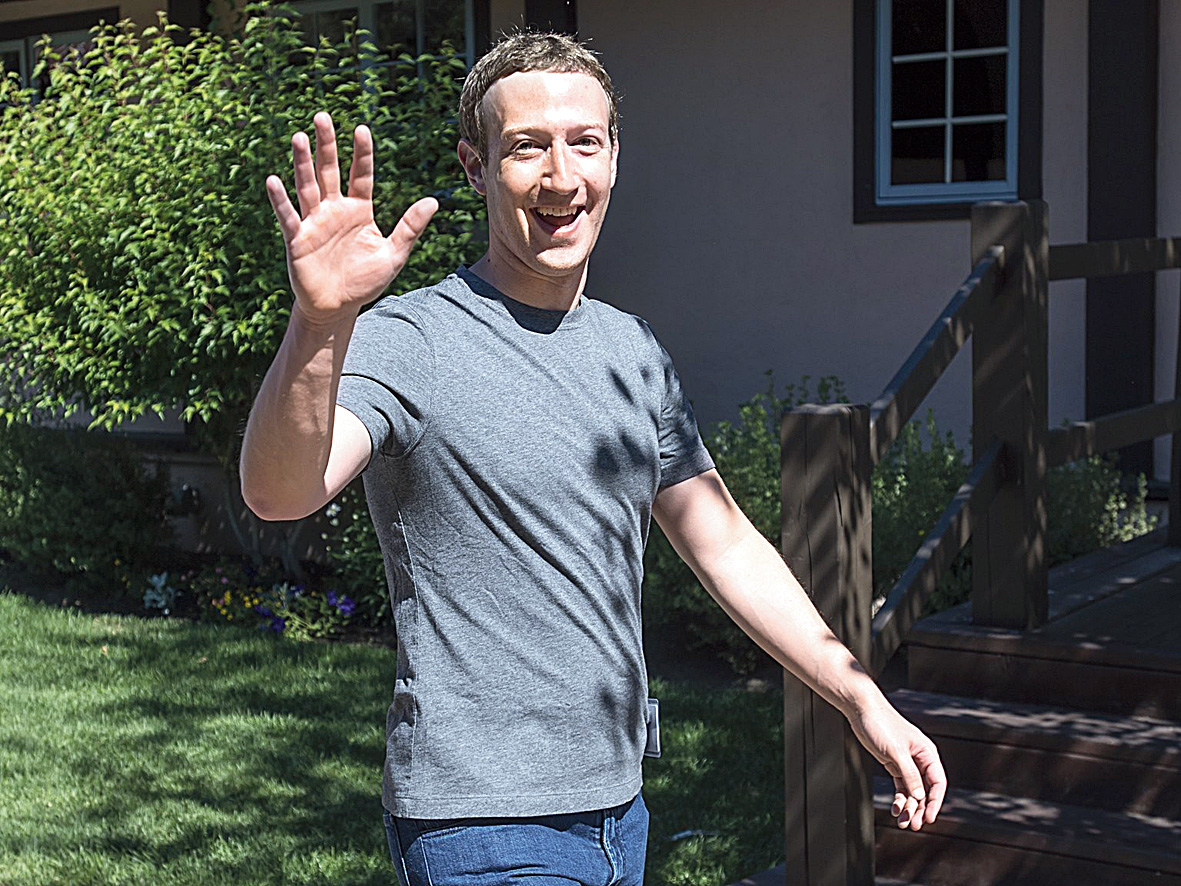
According to Entrepreneur, Mark Zuckerberg orders his T-shirts from the Italian designer. Agencies
Celebrities who sport Cucinelli
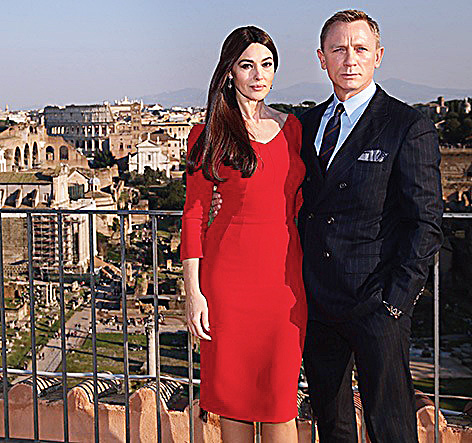
Daniel Craig sported a a double-breasted pinstripe suit by Brunello Cucinelli while promoting Spectre with Monica Bellucci. Agencies

